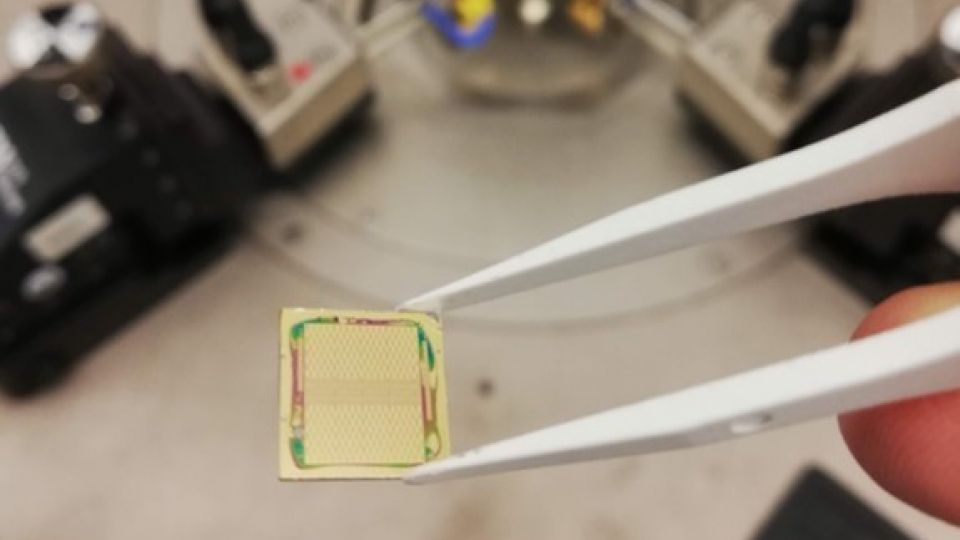
🖥 Faster supercomputers with new circuit
By combining processor and memory in the same circuit, researchers have succeeded in reducing the "von Neumann bottleneck", which provides better performance in supercomputers.
Share this story!
A challenge when building supercomputers is that the processors do the calculations much faster than the data is sent to and from the computer memory. This is known as the "von Neumann bottleneck," but now researchers at Lund University, LTH, seem to have found a way around the problem.
The solution is to integrate memory and processor into one circuit. The calculations occur inside the memory circuit itself, which significantly improves performance.
"Our version is a nanowire with a transistor at the bottom and a tiny memory element that sits on top of the same wire. This makes it a compact integrated function where the transistor controls the memory element. The idea has existed before, but it has been difficult to get performance. But we are now showing that it's doable and that it works surprisingly well", says Lars-Erik Wernersson, professor of nanoelectronics at LTH and one of the researchers behind the circuit, in a press release.
The memory cell is a Resistive Random Access Memory circuit, RRAM. This type of circuit is nothing new in itself. Still, the researchers at LTH have succeeded in making a functional integration between processor and memory more efficient than before. The key to success is also that the researchers used the III-V technology platform, where substances such as hafnium oxide are used instead of silicon, to build the nanowire.
"It is certainly possible to find solutions in silicon as well, which is the most common material, but in our case it is the choice of material that creates the performance. We want to pave the way for industry with our research", says Lars-Erik Wernersson.
By becoming a premium supporter, you help in the creation and sharing of fact-based optimistic news all over the world.


